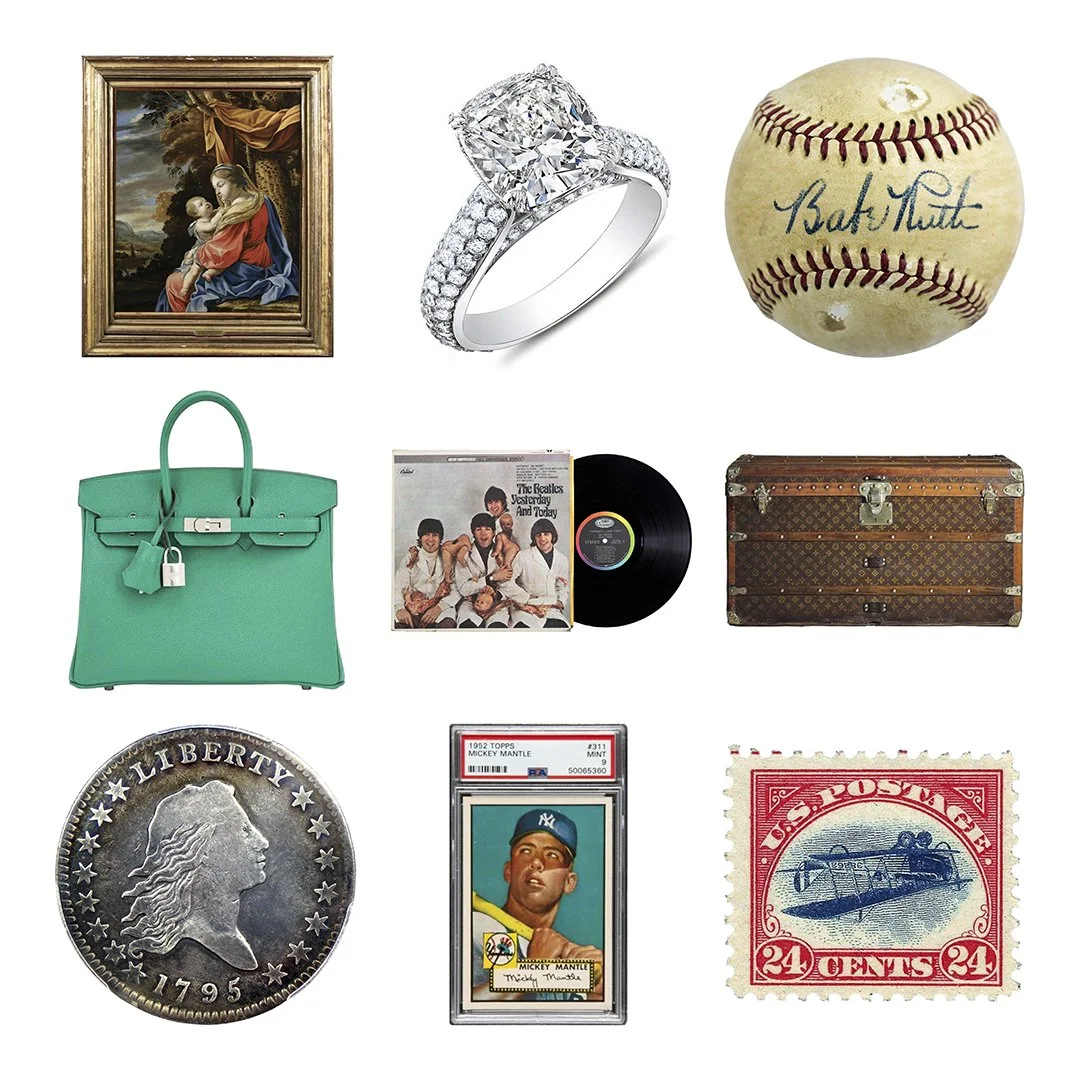Protecting Your Treasures: Insuring Jewelry, Art, and Collectibles
Introduction
In a world where the appreciation of beauty and history manifests through collections of jewelry, art, and various collectibles, safeguarding these treasures becomes paramount. Whether it's a family heirloom, a piece of fine art, or a rare collectible, these items are not just possessions; they're investments in beauty, history, and sometimes, financial value. This guide will navigate you through the essentials of insuring your precious jewelry, valuable art pieces, and cherished collectibles.
The Value of Jewelry, Art, and Collectibles
Each category of collectible items carries its own unique value and significance:
Jewelry: Often passed down through generations, jewelry holds sentimental value alongside its monetary worth. Insuring jewelry ensures that its financial and emotional value is protected against loss, theft, or damage.
Art: Fine art is not only a decor item but an investment that can appreciate over time. Insuring artwork protects against the unpredictable, covering restoration costs or value loss due to unforeseen circumstances.
Collectibles: This broad category includes anything from vintage toys and rare books to sports memorabilia and trading cards. Collectibles can significantly increase in value, making insurance vital for preserving their worth and ensuring the possibility of future gains.
Why Insurance Matters
Standard homeowners' insurance policies often fall short in covering these valuable items adequately due to caps on liability for theft or damage. For instance, a typical policy might only cover up to $1,500 for jewelry theft, which is seldom enough for high-value items. Additional coverage is crucial for these possessions, providing peace of mind and financial security.
Obtaining the Right Coverage
Appraisal: The first step is to get a professional appraisal for each valuable item. This appraisal will determine the item's current market value, which is essential for obtaining adequate insurance coverage.
Specialized Insurance Policies: Look for insurance policies specifically designed for jewelry, art, or collectibles. These policies offer broader coverage than standard homeowners' insurance, including protection against accidental damage, theft, and sometimes, loss of value.
Document Everything: Maintain detailed records of your items, including photographs, appraisals, and receipts. These documents are crucial when filing an insurance claim.
Regular Reviews: The value of jewelry, art, and collectibles can fluctuate. Regularly review your policy and update your coverage as necessary to ensure your items are fully protected at their current market value.
Conclusion
Investing in insurance for your jewelry, art, and collectibles is investing in the future of your treasures. With the right coverage, you can enjoy your collection without worry, knowing that you're protected against the unexpected.
For those seeking expert assistance, David J. Rose II of DJR Authentication provides comprehensive written appraisals for insurance, estate, and personal matters. Specializing in autograph authentication, sports and trading card verification, and offering insightful consulting for selling options, DJR Authentication is your partner in protecting your valuable investments. Schedule an appointment today at djrpro.com to ensure your treasures are accurately valued and adequately protected.

